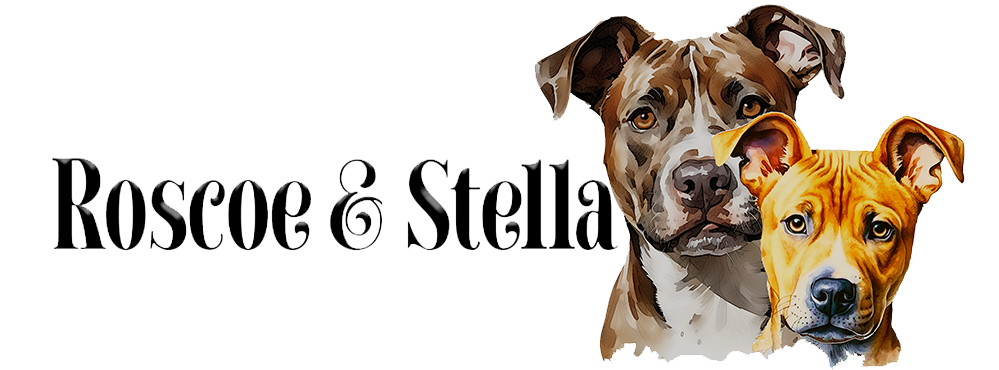Beagle Weight Management Tips: How to Keep Your Beagle Healthy and Fit
By roscoenstella / June 23, 2025 / No Comments / Dog Blog
Beagles are known for their adorable floppy ears, curious nature, and bottomless appetites. While their love of food is part of their charm, it also puts them at high risk for weight gain and obesity.
An overweight Beagle isn’t just a cosmetic concern—it increases the risk of serious health problems like arthritis, heart disease, diabetes, and a shorter lifespan. The good news? With the right approach, you can help your Beagle stay at a healthy weight throughout their life.
Here’s a complete guide to Beagle weight management, including ideal weight ranges, feeding tips, exercise routines, and signs to watch for.
What Is a Healthy Weight for a Beagle?
The average adult Beagle should weigh:
20–25 lbs (9–11.5 kg) for females
22–30 lbs (10–13.5 kg) for males
Pocket Beagles (a smaller, unofficial version) typically weigh less—around 15–18 lbs (7–8 kg).
AKC recommedations
Body Condition Score (BCS)
Rather than relying only on the scale, assess your dog using a Body Condition Score:
You should be able to feel (but not see) your dog’s ribs
They should have a visible waist when viewed from above
The abdomen should tuck up slightly when viewed from the side
If you can’t feel the ribs, or your Beagle looks round from above, they may be overweight.
Why Do Beagles Gain Weight Easily?
Beagles love food and often act hungry even after eating. Combine that with their relatively small size, and it doesn’t take much overeating to cause weight gain.
Other contributing factors:
Lack of exercise or long periods alone
Feeding table scraps or high-calorie treats
Free-feeding (leaving food out all day)
Neutering or aging (slows metabolism)
Hypothyroidism or other medical issues
Tips to Help Your Beagle Lose or Maintain Weight
1. Measure Food Portions Accurately
Use a measuring cup or digital scale to serve exact portions. Don’t guess. Check your dog food’s label for portion guidelines based on weight and age.
2. Switch to a Weight Management Dog Food
Look for:
Lower fat and calorie content
High fiber for satiety
Quality protein sources
Ask your vet for brand suggestions that suit your dog’s age and health needs.
3. Limit Treats and Table Scraps
Treats should make up no more than 10% of daily calorie intake
Replace high-calorie treats with healthy options like baby carrots, green beans, or apple slices (no seeds)
Avoid feeding from the table—it encourages begging and overeating
4. Stick to a Feeding Schedule
Feed your Beagle twice a day (morning and evening) and pick up the bowl after 15–20 minutes. Avoid free-feeding.
5. Increase Daily Exercise
Beagles need at least 45–60 minutes of exercise per day. Include:
Walks (brisk pace)
Play sessions (fetch, tug-of-war, scent games)
Off-leash time in secure areas
Puzzle toys or food-dispensing toys to keep their minds engaged
6. Monitor Progress Weekly
Weigh your dog weekly and take pictures for comparison. Even small changes can add up over time.
7. Use Slow Feeders or Puzzle Bowls
These help prevent gulping and make mealtime more mentally stimulating.
What to Avoid
Crash diets or skipping meals: This can cause nutrient deficiencies or stress
Excessive exercise too soon: Overweight dogs need gradual increases in activity
Human foods high in fat or salt: Cheese, bacon, bread, and processed snacks are off-limits
When to See a Vet
Always involve your vet if:
Your Beagle can’t seem to lose weight despite lifestyle changes
You suspect an underlying health issue like hypothyroidism
They gain weight rapidly or show other symptoms (low energy, dry skin, coat changes)
Your vet may suggest blood tests or recommend a prescription weight-loss diet.
Final Thoughts
Keeping your Beagle at a healthy weight requires consistency, awareness, and a little creativity. They may try to charm you into giving extra food, but staying firm is the best thing you can do for their health.
With portion control, regular exercise, and smart feeding habits, your Beagle can stay fit, active, and by your side for many happy years to come.
